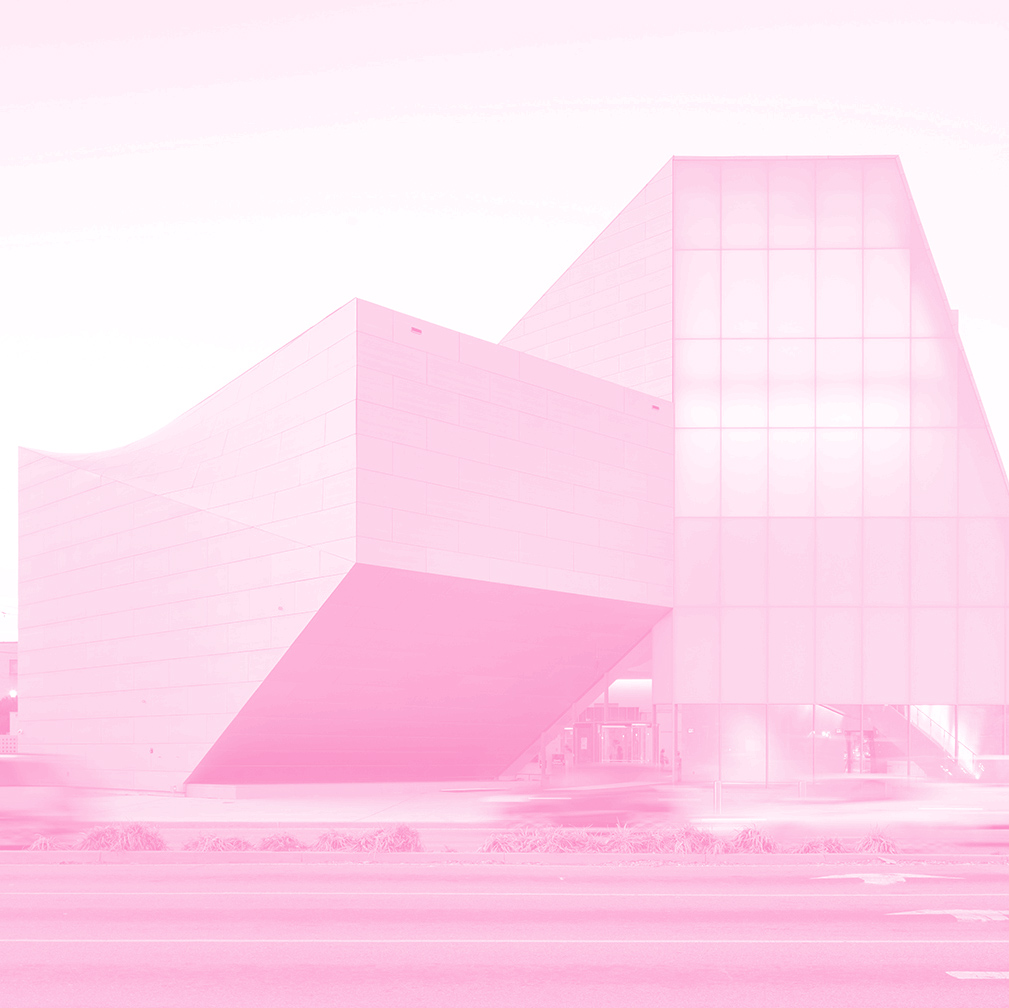Arte Útil flag. Image courtesy of the artist


VCU Students in Escuela de Arte Útil seminar, Institute for Contemporary Art, Richmond, Virginia, 2018.


Arte Útil flag. Image courtesy of the artist


VCU Students in Escuela de Arte Útil seminar, Institute for Contemporary Art, Richmond, Virginia, 2018.


Arte Útil flag. Image courtesy of the artist


Tania Bruguera
ESCUELA DE ART ÚTIL
The concept of “Arte Útil”—which can be translated as “useful art” or “art as a tool”—was developed by Tania Bruguera to address art’s capacity to foster social and political change. Escuela de Arte Útil is an ongoing project to enrich and share the practice of Arte Útil. For Declaration, it took the form of a spring 2018 undergraduate seminar in which VCU students assessed Arte Útil projects from around the world and developed their own proposals to address social issues in Richmond. Their proposals were required to meet the following criteria, which the artist and others use to assess Arte Útil projects:
1) Propose new uses for art within society
2) Use artistic thinking to challenge the field within which it operates
3) Respond to current urgencies
4) Operate on a 1:1 scale
5) Replace authors with initiators and spectators with users
6) Have practical, beneficial outcomes for its users
7) Pursue sustainability
8) Re-establish aesthetics as a system of transformation.
Specially designed modular furniture, shown above, provided flexible seating for Arte Útil course sessions held at the VCUarts Depot and the ICA. This course was developed by Tania Bruguera and taught by Stephanie Smith (ICA, Chief Curator) and Liang Luscombe (ICA, Curatorial Graduate Assistant) with support from guests Juan William Chavez, Free Egunfemi, Vaughn Whitney Garland, Laurie Jo Reynolds, Paul Rucker, Noah Simblist, and Mark Strandquist.
ON VIEW
Escuela de Arte Útil (The School of Useful Art), 2010–Ongoing. VCU spring 2018 seminar course “The School of Arte Útil.” Courtesy of the artist and collaborators
LOCATION
Gallery 4 – True Farr Luck Gallery
“Through Arte Útil we address the use of art as a tool for social and political change. The piece exists in partnership with VCU, as part of its curriculum, and takes place over one academic semester, during which we outline the creation, history, and strategies of the Arte Útil movement.
This project comes out of the fact that whether through self-organized groups, individual initiatives, or the rise of user-generated content, people are developing new methods and social formations to deal with issues that were once the domain of the state.” –Tania Bruguera
WHAT MOTIVATES YOU AS AN ARTIST?
The possibility art gives to have your own political imaginary, share it, discuss it and try to implement it in the real. Its capacity for political inclusiveness and generosity. To build through art an alternative political reality. The willingness of audiences to be vulnerable and open to things they will otherwise reject by principle, by ignorance or by collective pressure. The leeway in art, where all values are suspended and re-evaluated, a place where you can give new meaning to things that for years, even centuries, were seen with a certain connotation. The fact that humanism is the core component of art.
PLEASE SHARE A BRIEF DESCRIPTION OF THE WORK YOU’RE SHOWING IN DECLARATION?
For Arte Útil we will present how these initiatives are not isolated incidents, but rather part of a neglected art history that nonetheless shapes our world. The Escuela will introduce the concept of Arte Útil, which roughly translates as “useful art” and suggests that art can be a tool or device. In studying the shifting roles of contemporary art, participants will consider factors such as institutional self-criticism, active hyperrealism, a-legality, reforming capital, beneficial outcomes, sustainability, intersection with other disciplines, and modes of creative collaboration. The sessions will culminate with participants drawing on the Arte Útil archive to develop their own project proposals.
DO YOU BELIEVE ART HAS SOCIALLY TRANSFORMATIVE POWER?
I have seen it so I believe it. But recently the emphasis on the believe on art as an agent of social and political change, has created a disproportionate burden on our scope as artists. Art cannot substitute activism, policy making, or education, it has to be a component of them. Art is a tool, not a sole element of change. We are trained as artist’s to change the value and the meaning of things, this is imperative to reach change of any sort. Art is an agent of change but not the one capable of sustaining that change.
Bruguera received her BFA from the Instituto Superior de Arte in Havana, Cuba and her MFA from the School of the Art Institute of Chicago, Illinois. Select solo exhibitions: MoMA (2018); Yerba Buena Center for the Arts in San Francisco, California (2016); Van Abbemuseum in Eindhoven, Netherlands (2013); Tate Modern in London, England (2012), Queens Museum in New York (2011); Centre d’Art Pompidou in Paris, France (2010); Neuberger Museum of Art Purchase, New York (2010); Madre Museum in Naples, Italy (2010); Beirut Art Center in Beirut, Lebanon (2009); Havana Biennial, Cuba (2009); San Francisco Art Institute, California (2002).
Select group exhibitions: Barnes Foundation in Philadelphia, Pennsylvania (2017); Serpentine Gallery in London, United Kingdom (2017); La Biennale di Venezia in Venice, Italy (2015); Santa Monica Museum of Art (SMOA) in Santa Monica, California (2014); Guggenheim Museum in New York (2014); National Museum Wales in Cardiff, United Kingdom (2012); Patricia and Phillip Frost Art Museum in Miami, Florida (2009); and 7th Gwangju Biennale, South Korea (2008). Collections include: National Museum of Wales, ART/OMI, The Bronx Museum of the Arts, Contemporary Art Museum of Istanbul, Solomon R. Guggenheim Museum, and Tate Modern.Select awards: Meadows Prize (2013), The Bronx Museum of the Art’s recognition (2011), the Prince Claus Prize (2008), Cuban Arts Fund Grant and Merit Scholarship (2002–2004), and Guggenheim Foundation Fellowship (1998). She is the Founder and Director of Catédra Arte de Conducta (Behavior Art School), which is the first performance studies program in Latin America, hosted by Instituto Superior de Arte in Havana.

 Closed
Closed

 Area Map
Area Map  Parking
Parking